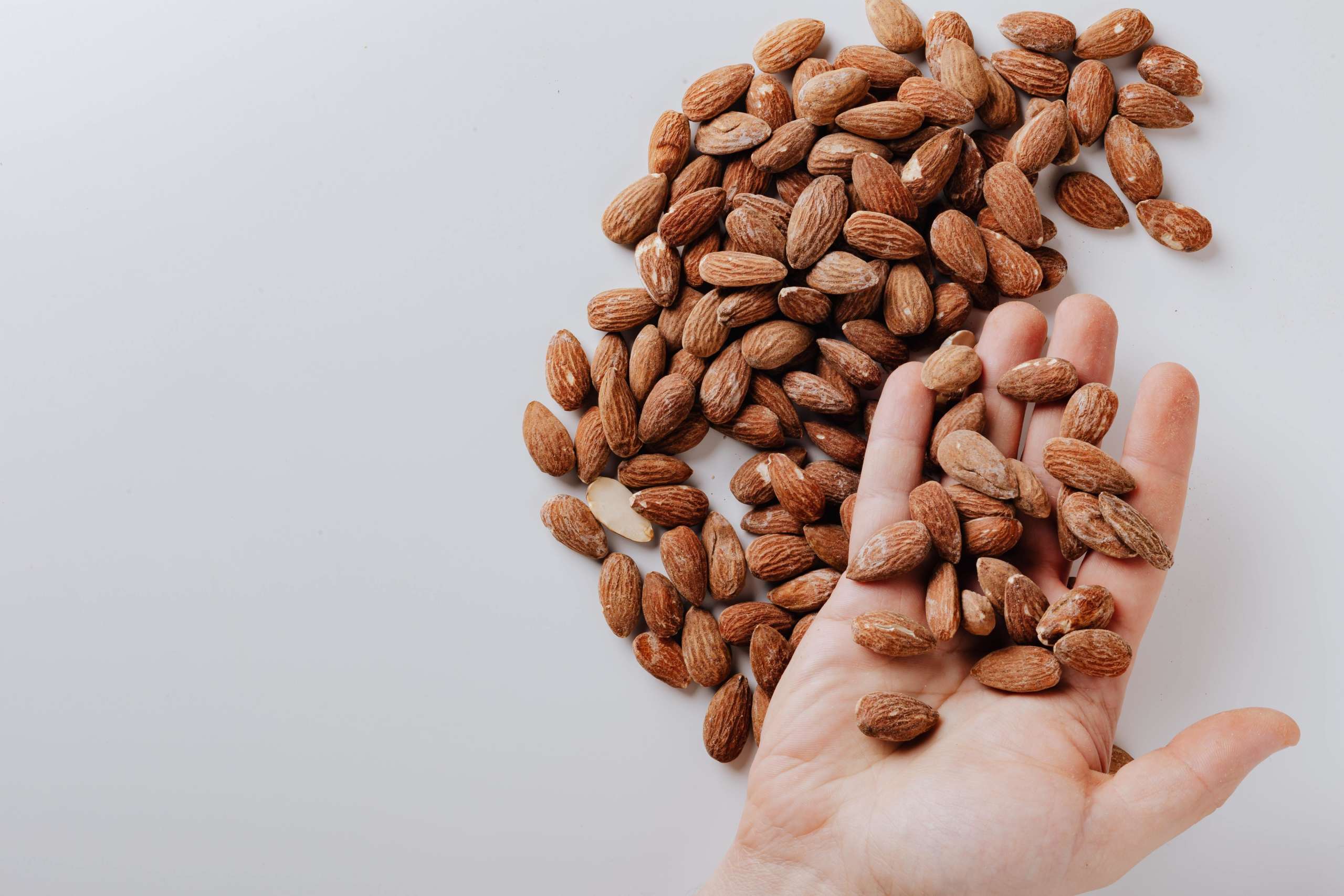Nuts and seeds can bring many health benefits. They have been around since the Paleolithic times and are a powerhouse of nutrition for the human diet. There are many different types of nuts and seeds and all provide a wealth of nutrients with only slight differences in overall nutrition. In this article, you will learn about the health benefits of nuts and seeds and how to incorporate them into your diet.
A rich source of nutrients
Both nuts and seeds are a great source of nutrients. Nut macronutrient profiles across the board are similar with only slight differences in micronutrient content. Most nuts are high in monounsaturated fats (a healthy dietary fat) and low in saturated fat (unhealthy dietary fat). They are an excellent source of dietary protein and do not have any dietary cholesterol, which makes them a heart-healthy alternative to animal proteins. Nuts are also a rich source of phytochemicals (antioxidants), vitamins E, B6, niacin, and folate. The micronutrient content of nuts includes magnesium, zinc, iron, calcium, copper, selenium, phosphorus, and potassium. Analogous to nuts, seeds are a great source of protein, heart-healthy fats, vitamins, and minerals. These vitamins and minerals include magnesium, potassium, calcium, iron, zinc, vitamins B1, B2, B3, and vitamin E.
Packed with antioxidants
Nuts and seeds are an excellent source of daily antioxidants. So, what is the role of antioxidants? Antioxidants can eliminate oxidative stress in the body by neutralizing free radicals. These free radicals are unstable molecules in the human body and can cause damage to cells (1). According to research, the antioxidants in walnuts and almonds have been shown to have protective effects on the fats in cells and increase the body’s polyphenols (plant compounds that act like antioxidants) (2,3). Only a few tablespoons of walnuts or almonds a day can provide the antioxidants needed to fight the free radicals in your body.
Can reduce inflammation
The anti-inflammatory nature of nuts is another great reason to include them in your diet. This quality comes from a combination of their vitamin, mineral, and omega-3 content. So, what is inflammation in the body? Inflammation is your body’s natural defense against injury, bacteria, and many other harmful pathogens you may encounter. Studies have shown that eating a variety of nuts can reduce inflammation in the body, which can eventually increase the risk of certain diseases over time (4).
High in fiber
Dietary fiber is an important part of daily nutrition. The body does not digest fiber but instead, the bacteria that live in the colon does. Once fiber is digested by intestinal bacteria, it brings many health benefits, including improving intestinal health and reducing the risk of diabetes and obesity (5). Nuts with the highest fiber content include almonds, pistachios, pecans, hazelnuts, and peanuts. The seeds with the highest fiber content include chia, flax, pumpkin and squash, sesame, and sunflower.
How to incorporate nuts and seeds into your diet
Incorporating nuts and seeds into your daily routine is simple. The key is to start slow and work your way up to eating nuts or seeds on a daily basis. Make sure to stick to the recommended amount (about one or two ounces per day), as nuts and seeds can be calorically dense. Add it to salads, smoothies, sauces, or whole grains; the options are endless. Nuts and seeds can add additional flavor and texture into meals along with added nutrition with each bite.
Sources
- Rahman K. (2007). Studies on free radicals, antioxidants, and co-factors. Clinical interventions in aging, 2(2), 219–236.
- Haddad, E. H., Gaban-Chong, N., Oda, K., & Sabaté, J. (2014). Effect of a walnut meal on postprandial oxidative stress and antioxidants in healthy individuals. Nutrition journal, 13, 4. https://doi.org/10.1186/1475-2891-13-4
- Torabian, S., Haddad, E., Rajaram, S., Banta, J., & Sabaté, J. (2009). Acute effect of nut consumption on plasma total polyphenols, antioxidant capacity and lipid peroxidation. Journal of human nutrition and dietetics : the official journal of the British Dietetic Association, 22(1), 64–71. https://doi.org/10.1111/j.1365-277X.2008.00923.x
- Grosso, G., & Estruch, R. (2016). Nut consumption and age-related disease. Maturitas, 84, 11–16. https://doi.org/10.1016/j.maturitas.2015.10.014
- Parnell, J. A., & Reimer, R. A. (2012). Prebiotic fiber modulation of the gut microbiota improves risk factors for obesity and the metabolic syndrome. Gut microbes, 3(1), 29–34. https://doi.org/10.4161/gmic.19246




